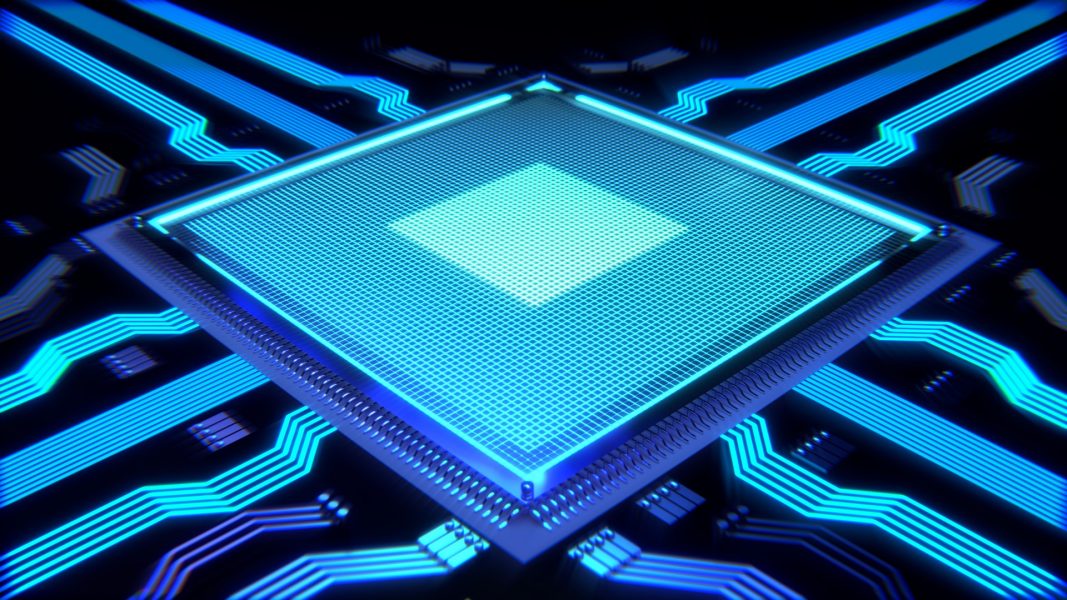Sintering metal-organic decomposition inks at low temperatures for printed electronics applications.


Sintering metal-organic decomposition inks at low temperatures for printed electronics applications.
![A Highly Sensitive Strain Sensor for Electronic Skins [Video]](https://www.advancedsciencenews.com/wp-content/uploads/2018/12/adfm201806786_ASN_image.jpg)
Laser direct writing is used to fabricate the sensor, eliminating the need for post-synthesis steps.

Roll-to-roll laser-induced superplasticity, a new fabrication method, prints metals at nanoscale for making electronic devices.

A team of researchers demonstrated the capability of RSOM for detailed, cross‐sectional visualization of microvascular changes in the skin in the volar and dorsal aspects of the human forearm in response to local hyperthermia.
![Fabricating Inflatable Stents using Soft Robotic Technology [Video]](https://www.advancedsciencenews.com/wp-content/uploads/2018/11/adfm201804147_ASN_image.bmp)
Soft stents that can inflate inside arteries offer an improved alternative to metallic stents.
![Interface Engineering Strategies for Next-Generation Electronics [Video]](https://www.advancedsciencenews.com/wp-content/uploads/2018/11/adma201802439_ASN_image.jpg)
The interfaces of complex oxides may be tuned to create novel multifunctionalities for next-generation electronic devices.
![3D Nanoprinting Super-Repellent Surfaces [Video]](https://www.advancedsciencenews.com/wp-content/uploads/2018/11/adma201803890_ASN_image.jpg)
Micropillars fabricated by 3D direct laser writing create superoleophobic and superhydrophobic surfaces.

There are new top papers in Advanced Intelligent Systems special series. All included papers are free to read for a limited time!

A team of Spanish researchers developed a handheld skin imaging system with joint optical coherence tomography and digital epiluminescence microscopy for point-of-care skin diagnosis.

Climbing these steps of the materials discovery ladder requires embracing a vast body of experiential knowledge accumulated over years of first-hand experimental and theoretical learning.